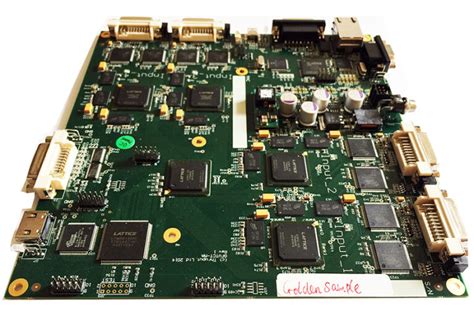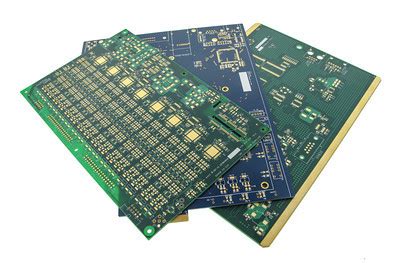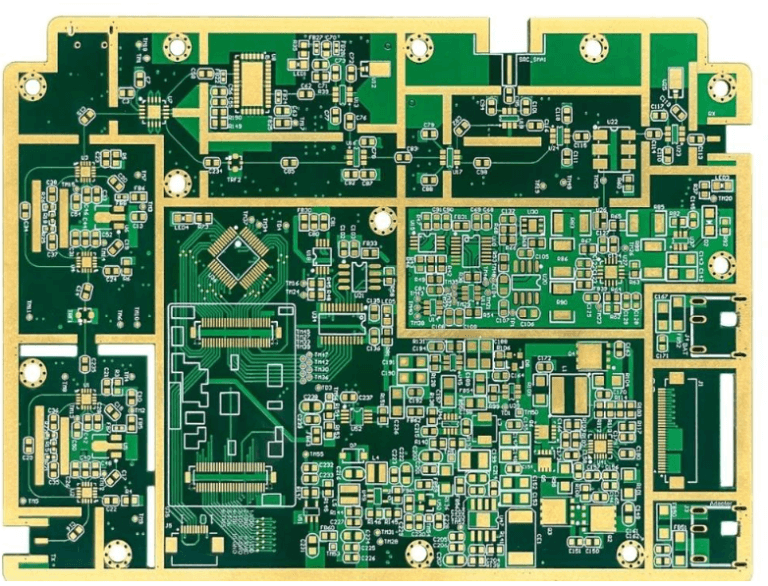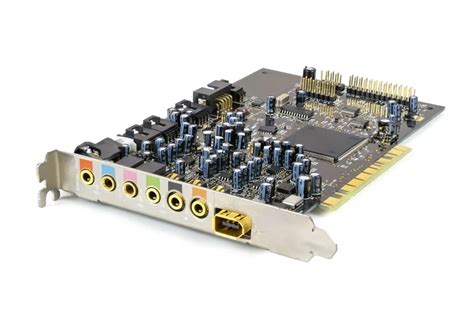PCB Factory Selection: Balancing Cost, Quality, and IP Protection

Key Takeaways
When selecting a PCB manufacturing partner, you’ll need to weigh cost-efficiency against quality control and intellectual property (IP) security. Overseas PCB manufacturing companies often offer lower PCB manufacturing costs, but domestic providers may provide tighter oversight of production standards and faster issue resolution. For instance, factories in regions with robust IP laws reduce risks of design theft, a critical factor if your project involves proprietary technology. Meanwhile, lead times and technical support vary significantly—geographic proximity to your team can enhance transparency during prototyping or scaling phases.
Consider how PCB manufacturing business models align with your priorities. Platforms like OSH Park emphasize user-centric approaches, balancing affordability with reliable turnaround times, but may lack customization options. Automation in modern facilities can drive consistency and reduce errors, but verify whether potential partners invest in these technologies. Lastly, localized solutions are gaining traction as they minimize logistical delays and simplify compliance, though they might require a higher initial investment. Your decision hinges on identifying which factors—cost, quality, IP protection, or speed—are non-negotiable for your project’s success.
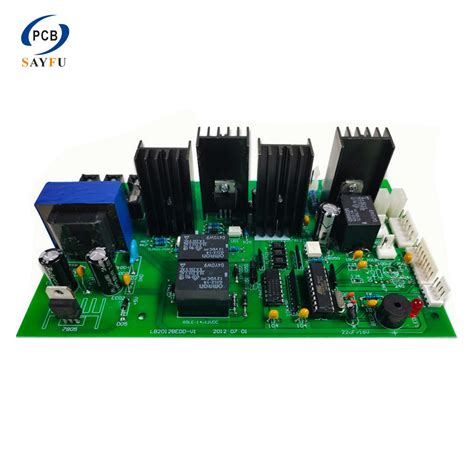
Cost-Efficiency Analysis: Overseas vs. Domestic PCB Manufacturing
When selecting a PCB manufacturing partner, balancing affordability with reliability is critical. Overseas PCB manufacturing companies often attract attention due to lower labor and material costs, which can reduce upfront PCB manufacturing cost. For high-volume orders, regions with economies of scale may offer competitive pricing, allowing your PCB manufacturing business to allocate resources elsewhere. However, hidden expenses like shipping, import tariffs, and longer lead times can erode initial savings. For instance, delays in international logistics might stall prototyping or large-scale production, indirectly increasing project costs.
Domestic PCB manufacturing providers, while sometimes pricier upfront, often deliver greater transparency and faster turnaround. Geographic proximity enables closer collaboration, simplifying quality checks and reducing the risk of miscommunication. This is especially valuable for complex designs requiring iterative adjustments. Additionally, local partners may adhere to stricter quality assurance protocols, minimizing defects and rework costs. While PCB manufacturing cost might appear higher domestically, the long-term savings from reduced delays and improved yield can justify the investment.
Intellectual property (IP) security further complicates the decision. Overseas manufacturing hubs may lack robust legal frameworks to protect proprietary designs, exposing your PCB manufacturing business to risks like counterfeiting or unauthorized replication. Domestic facilities, bound by stricter IP laws, often provide stronger safeguards through nondisclosure agreements (NDAs) and secure data handling practices. For example, partnering with a trusted provider like Andwin PCBA ensures your designs remain confidential while balancing cost and quality.
Ultimately, the choice hinges on prioritizing either short-term savings or long-term reliability. Analyze your project’s scale, complexity, and sensitivity to risks like IP theft or supply chain disruptions. By weighing these factors, you can align your PCB manufacturing strategy with both financial and operational goals.
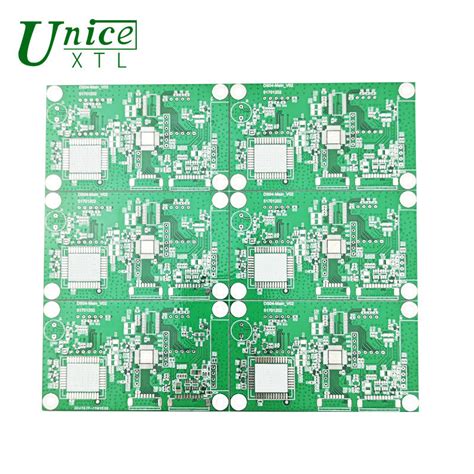
Quality Assurance Standards in PCB Board Factory Selection
When selecting a PCB manufacturing partner, prioritizing quality assurance standards ensures your project’s reliability and longevity. High-quality PCB manufacturing companies adhere to rigorous certifications, such as ISO 9001 for quality management systems and IPC-A-600 for acceptability of printed boards. These benchmarks validate a factory’s commitment to consistency, defect prevention, and traceability—critical factors for avoiding costly redesigns or production delays.
Domestic facilities often excel in quality control due to proximity, enabling frequent on-site audits and real-time collaboration. For example, domestic partners typically implement automated optical inspection (AOI) and X-ray testing to detect microfaults in multilayer boards. Overseas suppliers, while offering lower PCB manufacturing cost, may lack the same level of oversight, increasing risks of subpar materials or工艺 deviations.
To mitigate risks, evaluate a PCB manufacturing business using the following criteria:
| Quality Metric | Domestic | Overseas |
|---|---|---|
| Certification Compliance | ISO 9001, UL, IPC | Varies by region |
| Testing Frequency | Real-time monitoring | Batch sampling |
| Defect Resolution | <48-hour turnaround | Weeks for rework |
| Documentation | Full traceability reports | Limited access |
Balancing PCB manufacturing cost with quality requires understanding your project’s tolerance for risk. For high-reliability applications (e.g., medical or aerospace), domestic partners’ strict adherence to AS9100 or IATF 16949 standards justifies higher costs. Conversely, overseas factories might suffice for prototypes or non-critical consumer electronics, provided you verify their testing protocols and material sourcing.
Always request certificates of conformance (CoC) and failure analysis reports to gauge a supplier’s transparency. Partnering with a PCB manufacturing provider that aligns with your quality thresholds—without overextending budgets—ensures a sustainable balance between performance and affordability.
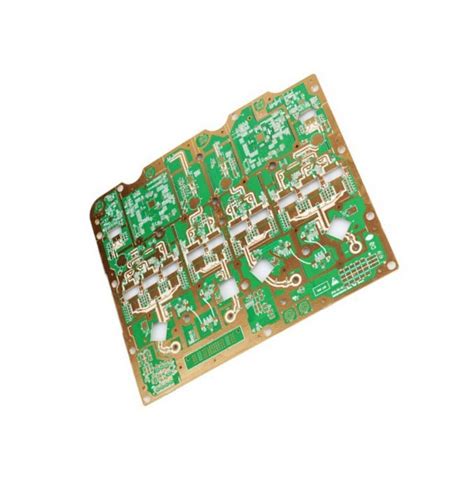
Safeguarding Intellectual Property in Global PCB Partnerships
When partnering with PCB manufacturing companies overseas, protecting your intellectual property (IP) becomes a critical consideration. While lower PCB manufacturing cost in certain regions can be attractive, it’s essential to evaluate how factories handle sensitive designs, proprietary processes, and data security. Confidentiality agreements and non-disclosure clauses are foundational, but verifying a supplier’s compliance with international IP standards—such as ISO 27001 for information security—adds another layer of assurance.
You’ll want to assess whether the PCB manufacturing business you’re considering employs secure data transfer protocols, restricts access to design files, and enforces strict internal controls. For instance, some facilities use encrypted platforms for file sharing or compartmentalize production stages to minimize exposure. Geographic distance can complicate oversight, so opt for partners offering third-party audits or real-time production tracking to maintain transparency.
Balancing affordability with IP security often means prioritizing PCB manufacturing partners with a proven track record in handling high-value projects. For example, companies that serve aerospace or medical device industries typically have stricter IP safeguards. Additionally, localized legal frameworks matter: jurisdictions with robust IP enforcement reduce risks of unauthorized replication or leaks.
Automation also plays a role here. Advanced PCB manufacturing companies leveraging AI-driven design validation or blockchain for supply chain traceability can enhance security while streamlining costs. However, these technologies may come with higher upfront investments. Weighing these trade-offs ensures your IP remains protected without compromising the economic advantages of global partnerships.
Case Study Spotlight: OSH Park’s User-Centric Manufacturing Approach
When evaluating PCB manufacturing companies, OSH Park stands out for its focus on balancing PCB manufacturing cost with transparency and quality. Unlike many overseas suppliers that prioritize affordability, OSH Park’s model emphasizes user-centric design and collaborative workflows, ensuring clients retain control over their projects without compromising IP security. Their tiered pricing structure, which scales with order volume, allows smaller businesses to access high-quality PCB manufacturing without upfront bulk commitments—a stark contrast to traditional PCB manufacturing business practices that often favor large-scale orders.
Tip: Always verify if a supplier offers flexible pricing models tailored to your project’s scale. This can reduce overhead while maintaining technical precision.
A key advantage of OSH Park’s approach is its integrated quality assurance process. Every board undergoes rigorous testing, including automated optical inspection (AOI) and electrical testing, aligning with domestic quality control standards while keeping PCB manufacturing costs competitive. This hybrid strategy addresses a common pain point: balancing affordability with reliability. Additionally, their U.S.-based facilities enhance production transparency, allowing clients to monitor progress and address issues in real time—a feature less common in overseas partnerships where geographic distance can obscure visibility.
“Choosing a partner that prioritizes communication and transparency is critical, especially when intellectual property is at stake.”
For businesses concerned about IP protection, OSH Park’s localized operations minimize risks associated with cross-border data transfers. By avoiding fragmented supply chains, they reduce exposure to counterfeit components or unauthorized design replication—a frequent challenge in global PCB manufacturing collaborations. This focus on security, paired with responsive technical support, makes them a compelling option for startups and established firms alike.
Ultimately, OSH Park’s success highlights how PCB manufacturing companies can thrive by aligning cost-efficiency with client-specific needs. Their model demonstrates that localized solutions and automation aren’t just trends but practical strategies for mitigating risks while delivering consistent quality.
Decision Drivers: Balancing Lead Times, Pricing, and Technical Support
When selecting a PCB manufacturing partner, you’ll need to weigh three critical factors: lead times, pricing, and technical support. Each element directly impacts your project’s timeline, budget, and long-term success. For instance, overseas PCB manufacturing companies often offer lower PCB manufacturing cost, which can be appealing for cost-sensitive projects. However, extended lead times due to logistics or customs delays might offset these savings, especially if your product requires rapid iteration or market responsiveness.
Domestic suppliers, on the other hand, typically provide shorter lead times and greater production transparency, enabling you to address design changes or quality issues faster. While their upfront costs may be higher, reduced shipping expenses and minimized risk of delays can balance the PCB manufacturing business equation. Additionally, proximity often translates to better technical support. Local partners are more likely to offer real-time collaboration, troubleshooting, and customized solutions—factors that become invaluable when navigating complex designs or tight deadlines.
Pricing structures also vary based on order volume and material choices. High-volume orders with standardized components may benefit from economies of scale in overseas facilities, whereas low-volume or specialized projects might find domestic factories more adaptable. Don’t overlook hidden costs, either. For example, importing PCBs could incur tariffs, while domestic production might include expedited service fees.
Finally, assess the depth of technical expertise. A PCB manufacturing partner with robust engineering support can help optimize designs for manufacturability, reducing errors and rework. This is particularly crucial for advanced technologies like high-density interconnect (HDI) boards or flexible circuits, where precision is non-negotiable. Balancing these drivers ensures you align with a supplier that meets both your immediate needs and long-term strategic goals.
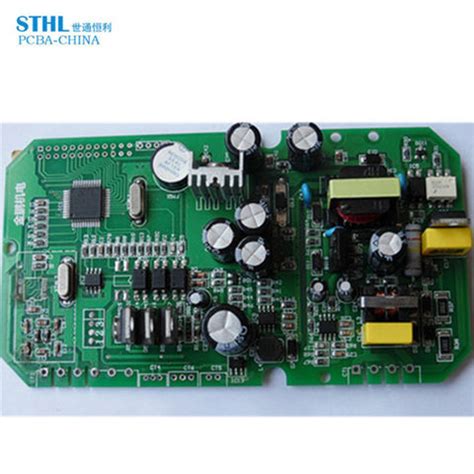
The Impact of Geographic Proximity on Production Transparency
When selecting a PCB manufacturing partner, geographic proximity plays a critical role in ensuring transparency throughout the production process. Closer proximity allows you to visit facilities more frequently, observe quality control protocols firsthand, and maintain direct communication with engineers and project managers. This visibility is particularly valuable when balancing PCB manufacturing cost with quality expectations. Domestic PCB manufacturing companies often provide easier access to audits and real-time updates, reducing the risk of miscommunication or delays that can arise with overseas partners.
However, working with distant suppliers doesn’t always mean sacrificing transparency. Many global PCB manufacturing businesses leverage digital tools like IoT-enabled tracking systems and live production dashboards to bridge the geographic gap. While these technologies offer insights into workflows and material usage, they may not fully replicate the trust built through in-person inspections. For example, verifying compliance with environmental or labor standards—a growing priority for many industries—is simpler when factories are within reach.
Proximity also influences how quickly you can resolve issues. A local partner can address design flaws or material shortages within hours, minimizing downtime. In contrast, overseas manufacturers might face time zone barriers or logistical delays, potentially inflating PCB manufacturing costs through rushed shipments or rework. That said, some companies prioritize affordability over immediacy, accepting trade-offs in transparency for lower upfront expenses.
Ultimately, the decision hinges on aligning your project’s priorities with the strengths of your chosen PCB manufacturing partner. If real-time oversight and rapid iteration are non-negotiable, domestic options may justify their higher costs. For less time-sensitive projects, overseas suppliers could offer competitive pricing while still meeting baseline quality benchmarks—provided you implement robust contractual safeguards for intellectual property and quality assurance.
Emerging Trends in PCB Fabrication: Localized Solutions and Automation
When evaluating PCB manufacturing companies, you’ll notice a growing emphasis on localized production and advanced automation to address evolving industry demands. As global supply chains face disruptions, many businesses are reconsidering PCB manufacturing cost structures by shifting toward regional suppliers. This trend not only reduces logistical complexities but also enhances production transparency, allowing closer oversight of quality control and intellectual property (IP) safeguards. By opting for PCB manufacturing hubs closer to your operations, you gain flexibility in managing lead times while mitigating risks associated with overseas shipping delays or geopolitical uncertainties.
Automation is reshaping the PCB manufacturing business, with factories integrating AI-driven inspection systems, robotic assembly lines, and smart inventory management. These technologies minimize human error, accelerate turnaround times, and ensure consistent adherence to international quality standards. For instance, automated optical inspection (AOI) systems can detect microscopic defects faster than manual checks, directly impacting product reliability. However, adopting such innovations requires balancing upfront investments against long-term savings in PCB manufacturing cost—a critical calculation for maintaining competitiveness.
Another key driver is the demand for customized solutions. Localized PCB manufacturing companies often offer tailored services, from rapid prototyping to low-volume batches, aligning with niche project requirements. This agility contrasts with traditional offshore models optimized for mass production. Additionally, geographic proximity fosters stronger collaboration, enabling real-time feedback loops and faster iterations during design-to-production cycles.
While automation and localization present clear advantages, they also underscore the importance of IP protection. Advanced PCB manufacturing facilities now employ encrypted data transfer protocols and secure cloud platforms to safeguard sensitive designs—a non-negotiable priority when partnering with global suppliers. By prioritizing factories with robust cybersecurity measures, you mitigate risks without compromising on PCB manufacturing cost efficiency.
Ultimately, the shift toward localized solutions and automation reflects a broader industry recalibration—one that balances affordability with precision, speed, and security in PCB manufacturing.
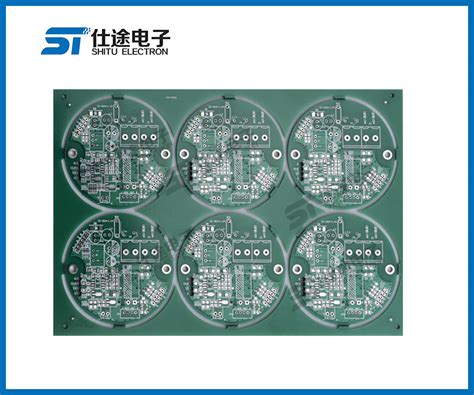
Conclusion
Selecting the right PCB manufacturing partner hinges on aligning your project’s priorities with the strengths of potential suppliers. When evaluating PCB manufacturing companies, you must weigh cost-efficiency against quality control and IP security. Overseas options often offer lower PCB manufacturing cost due to economies of scale and labor advantages, but this may come with risks like longer lead times or less oversight. Domestic suppliers, while typically pricier, provide tighter quality assurance and easier collaboration, which can reduce errors and delays in complex projects.
For PCB manufacturing business decisions, geographic proximity plays a critical role in production transparency. Local partners enable frequent site visits and real-time communication, fostering trust and reducing misunderstandings. However, advancements in automation and remote monitoring are narrowing this gap, allowing global suppliers to deliver comparable accountability.
Intellectual property protection remains non-negotiable. Ensure contracts with PCB manufacturing partners include clear NDAs and data security protocols, especially when outsourcing to regions with weaker IP enforcement histories. Case studies like OSH Park highlight how user-centric approaches—such as open communication and flexible order sizes—can bridge cost and quality divides while maintaining IP integrity.
Ultimately, the ideal choice balances financial feasibility, technical capability, and risk mitigation. Whether prioritizing affordability or precision, your decision should reflect a holistic view of how each factor impacts your project’s timeline, budget, and long-term success. As localized solutions and smart factories rise, staying informed about evolving PCB manufacturing trends will help you adapt strategies for future collaborations.
FAQs
How do overseas and domestic PCB manufacturing costs compare?
Overseas PCB manufacturing often offers lower upfront costs due to reduced labor expenses, but hidden fees like tariffs, shipping, or delays can offset savings. Domestic PCB manufacturing companies may charge higher rates but provide tighter quality control and faster turnaround, reducing long-term risks.
What quality assurance standards should I prioritize?
Look for PCB manufacturing partners with certifications like ISO 9001, IPC-A-600, or UL listing. These ensure adherence to industry benchmarks for durability, precision, and consistency. Regular audits and real-time production tracking further enhance transparency.
How can I protect intellectual property (IP) with global suppliers?
Choose PCB manufacturing businesses that enforce strict NDAs, encrypted data transfers, and physical security protocols. Domestic providers often simplify IP protection due to aligned legal frameworks, while overseas partnerships require rigorous vetting of compliance practices.
Do lead times differ significantly between regions?
Yes. Geographic proximity to your PCB manufacturing partner reduces shipping delays and enables real-time collaboration. Automation in modern facilities also shortens production cycles, balancing PCB manufacturing cost and speed.
Can automation reduce costs without compromising quality?
Automated processes in PCB manufacturing minimize human error, accelerate production, and standardize outputs. This lowers PCB manufacturing cost while maintaining high-quality standards, making it a key factor in vendor selection.
How do I balance cost, quality, and IP security?
Evaluate PCB manufacturing companies based on tiered pricing models, quality certifications, and IP safeguards. For example, a mid-volume project might pair overseas fabrication with domestic assembly to optimize cost-efficiency and risk mitigation.
Explore Tailored PCB Manufacturing Solutions
For a detailed breakdown of how to align PCB manufacturing strategies with your project’s needs, please click here.


